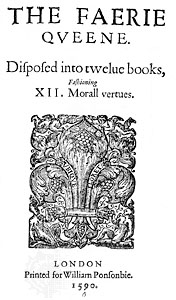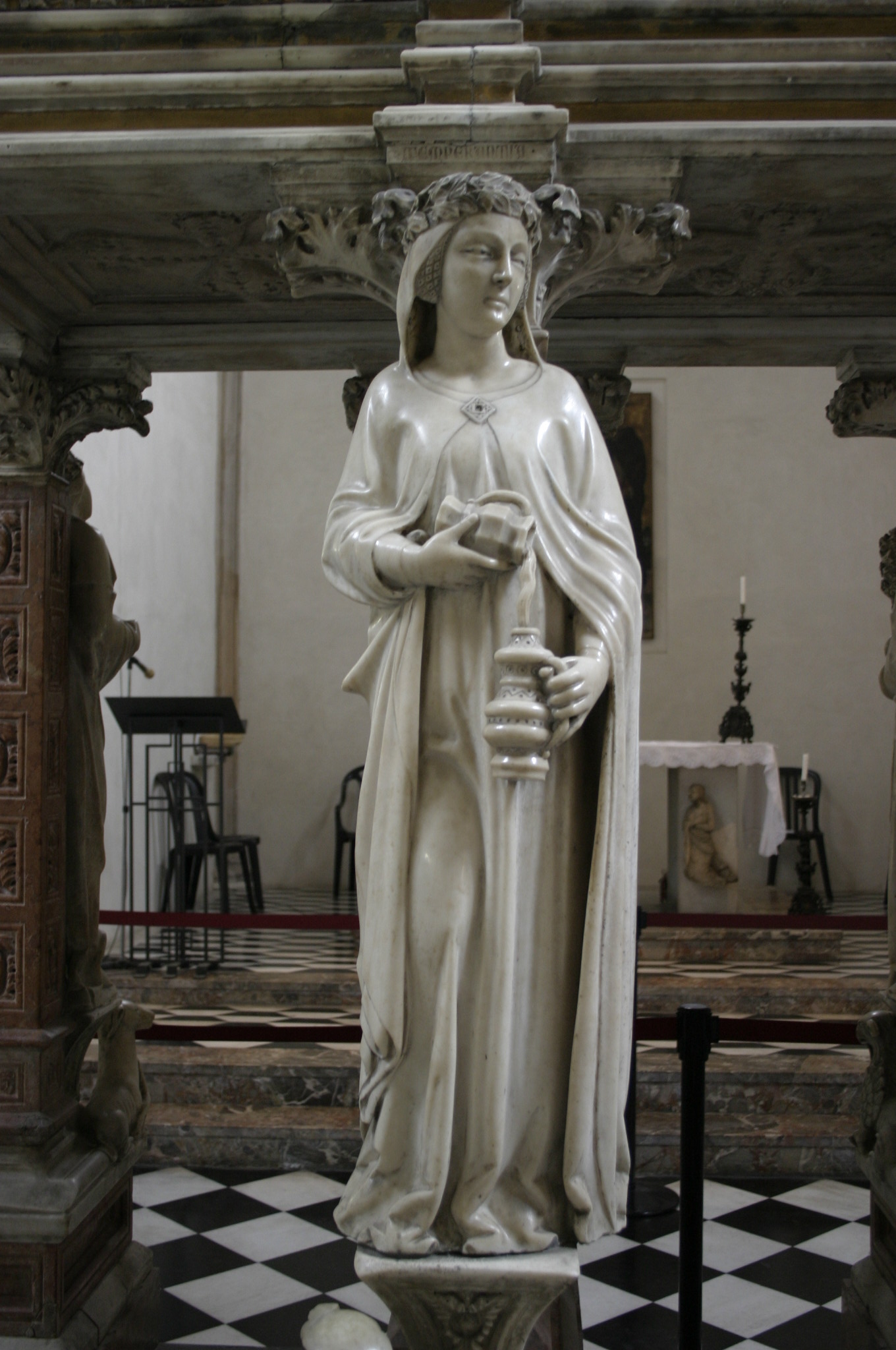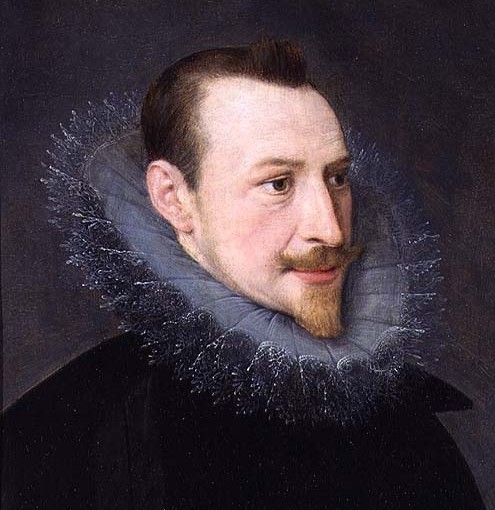A recent review of my blog brought to my attention that I am sorely lacking in Renaissance material. Throughout my Higher Diploma I had somehow managed to circumvent studying Renaissance literature and it wasn’t until this term that I could consider myself formally introduced to the subject. Fortunately this week’s interesting exploration of Edmund Spenser’s world in The Faerie Queene has inspired me to rectify the situation and fill the void.

The second book of The Faerie Queene focuses on Temperance and follows the character Sir Guyon, the personification of the rational part of the soul, on his quest as he encounters his various irrational counterparts. In this post I will be discussing Sir Guyon’s interaction with Furor, the personification of “wrath and despight”, and Occasion, the personification of the opportunity for expressing excessive emotion, in Canto iv (10.9).
Spenser describes Occasion as having hair that “grew all afore, and loosely hung unrold,/But all behind was bald, and worne away,/That none thereof could ever taken hold” (4.6-8). The physical description of Occasion’s hair represents how an opportunity can be grasped and therefore controlled as she approaches; the bald patch at the back of her head demonstrates that once Occasion has passed, both her and the opportunity she represents can no longer be grasped or controlled.

Image by Giovanni Dall’Orto
Personally I felt that stanzas ten and eleven clearly conveyed this point, where Palmer, Sir Guyon’s trustworthy guide, realises that in order to defeat or “asswage” Furor, Guyon must “First [Occasion] restraine” (7-3). Palmer’s advice highlights the futility in confronting Furor directly, he recognises that confrontation will only serve to increase Furor’s fury and equates it to “The bankes are overflowen, when stopped is the flood” (11.9). Heeding Palmer’s advice Guyon effectively controls Furor’s fury by confronting the source of Furor’s fury: “turning to that woman, fast her hent/ By the hoare lockes, that hong before her eyes/… And catching hold of her ungratious tong,/Thereon an yron lock did fasten firme and strong”(12.2-3.8-9 ). Sir Guyon’s action effectively prevents Furor from finding expression in Occasion and enables him to overcome him, “With hundred yron chaines he did bind,/And hundred knots that did him sore constraine” (15.1-2).
I felt that this instance in “The Second Booke of the Faerie Queene. Contayning The Legend of Sir Guyon or Of Temperance” summed up both the challenges that Sir Guyon faced as the figure of temperance, and Spenser’s personal ambition in publishing The Faerie Queene, which was to “fashion a gentleman or noble person in virtuous and gentle discipline” (777).
Works Cited
Spenser, Edmund. The Faerie Queene. Ed. A. C. Hamilton. London: Longman Group Ltd., 1995. Print.
Spenser, Edmund. “A Letter of Authors- Expounding His Whole Intention in the Course of the Worke: Which for That It Giveth Great Light to the Reader, for the Better Understanding Is Hereunto Annexed.” Preface. The Norton Anthology English Literature. 9th ed. Vol. 1. London: W.W. Norton &, 2012. 777. Print.
Images Cited
“A Portrait of Edmund Spenser”. Sixteenth Century. Photograph. “Edmund Spenser”. Wikimedia Commons. Web. 14 Mar. 2014.
“The Frontispiece of The Faerie Queene”. 1590. Photograph. “Edmund Spenser”. Wikimedia Commons. Web. 14 Mar. 2014.
Dall’Orto, Giovanni. “Allegorical Statues of the Virtues”. 2007. Photograph. “Temperance (Tarot Card)”. Wikimedia Commons. Web 14. Mar. 2014.
![]() This work is licensed under a Creative Commons Attribution-NonCommercial-ShareAlike 4.0 International License.
This work is licensed under a Creative Commons Attribution-NonCommercial-ShareAlike 4.0 International License.

No Comments